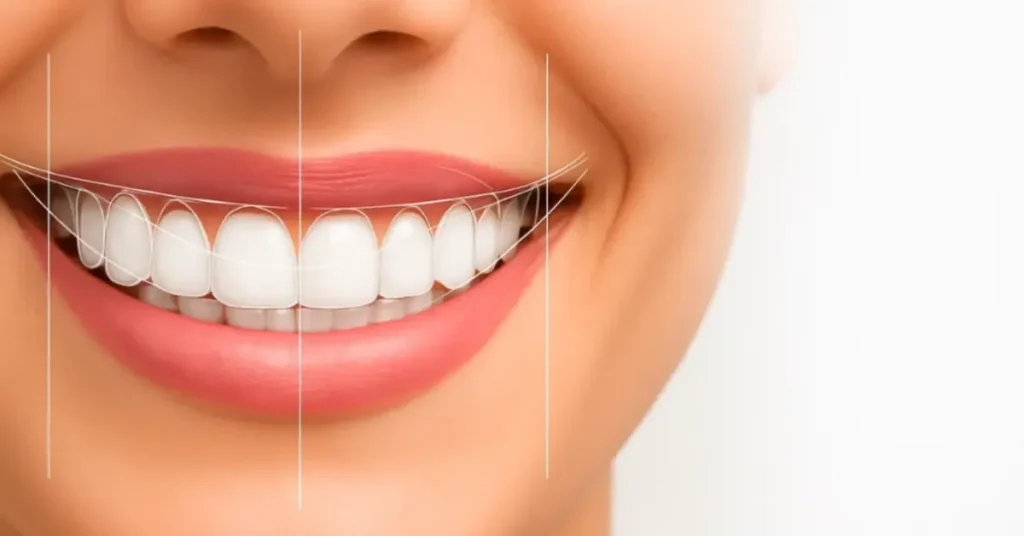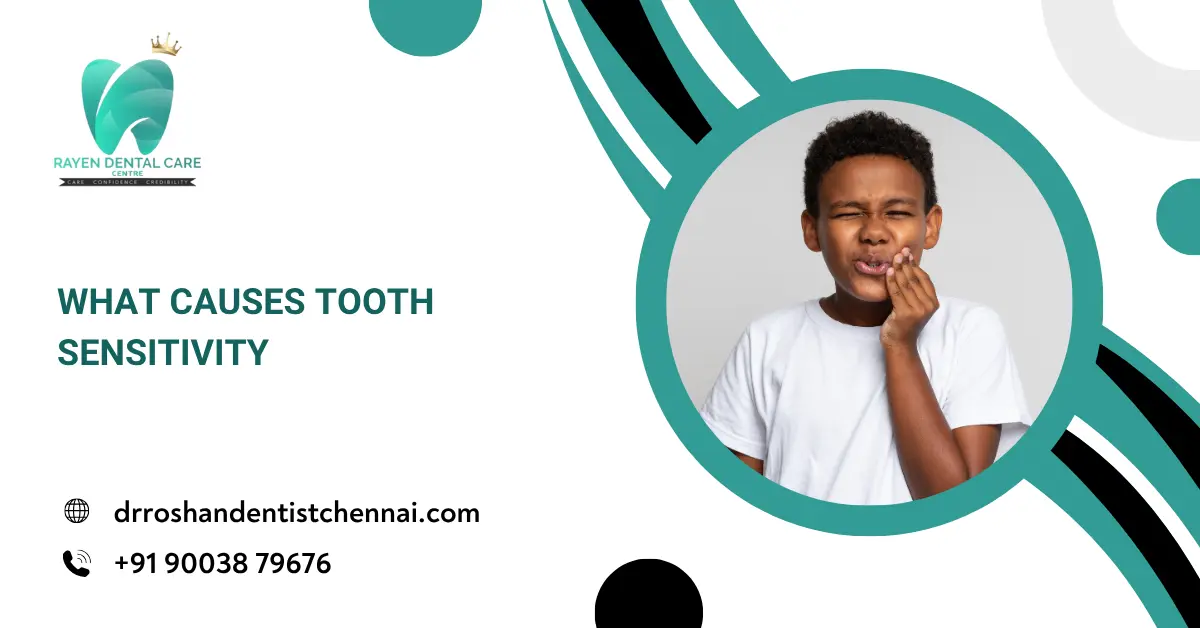Smile Design & Digital Planning represents a revolutionary leap in cosmetic dentistry, offering patients a personalized and scientifically accurate transformation of their smiles. Using advanced imaging, digital tools, and artificial intelligence, this approach goes beyond aesthetics by integrating function, facial harmony, and dental health. It is an evolving art where technology meets precision and beauty.Patients today are more aware of the emotional and social impact of their smiles. This procedure empowers them to visualize and participate in their smile transformation journey.
From minor aesthetic enhancements to full mouth reconstructions, Smile Design & Digital Planning makes cosmetic dentistry predictable, efficient, and tailored.Whether correcting asymmetry, improving tooth proportions, or enhancing facial contours, the procedure is designed to meet individual goals. It helps dentists deliver natural-looking, long-lasting results, aligning patients’ desires with clinical possibilities. This high-tech approach fosters trust, accuracy, and satisfaction throughout the dental experience.
Digital Smile Design
Digital Smile Design (DSD) is a modern tool that enhances treatment planning by digitally analyzing a patient’s facial and dental structures. It allows clinicians to design ideal smiles based on proportion, symmetry, and aesthetic alignment. This patient-centric approach integrates both visual goals and functional requirements.
- Facial Analysis and Smile Blueprint: DSD begins with high-resolution photographs and videos that capture dynamic facial expressions. These are used to create a virtual blueprint that aligns the ideal tooth shape, size, and position with facial features. It enhances the harmony between the lips, gums, and teeth.
- Predictive Aesthetic Planning: With the help of software, dentists can simulate outcomes before any clinical intervention. Patients can visualize the proposed design, make changes collaboratively, and gain clarity on their treatment goals. This boosts confidence and ensures mutual understanding.
- Clinical Precision and Communication: The digital blueprint acts as a guide for dentists and dental technicians, minimizing guesswork. It ensures that restorations match the original plan, providing consistency and reducing errors. Effective communication among the dental team becomes seamless and productive.
3D Dental Planning
3D Dental Planning takes diagnostics and treatment to a whole new level, enabling a precise, multi-dimensional understanding of a patient’s oral anatomy. It is invaluable in complex procedures like implant placement, orthodontic movement, and restorative design.
- Intraoral Scanning and Digital Impressions: High-resolution intraoral scanners create detailed digital models of the teeth and gums. This eliminates discomfort from traditional impressions and delivers accurate data. It provides a foundation for meticulous planning and simulation.
- Virtual Articulation and Bite Mapping: 3D tools allow clinicians to analyze how teeth come together during various movements. They can assess the bite, occlusion, and jaw alignment in real-time. This insight helps prevent functional issues and enhances long-term stability.
- Integration with CAD/CAM Technologies: The digital models are compatible with CAD/CAM systems that fabricate crowns, veneers, and aligners. This reduces turnaround time and improves fit and aesthetics. Dentists can review, modify, and approve designs before manufacturing.
Cosmetic Smile Makeover
A Cosmetic Smile Makeover involves a comprehensive aesthetic enhancement, customized to reflect a patient’s personal style and dental health. This includes treatments like teeth whitening, veneers, contouring, and orthodontics — harmonized under a unified design philosophy.
- Comprehensive Aesthetic Evaluation: Dentists perform a complete assessment of tooth color, shape, gum display, and alignment. These parameters are analyzed digitally to ensure a balanced and attractive result. This evaluation guides the treatment combination for a complete transformation.
- Personalized Treatment Planning: Every makeover is unique. Patients receive a curated plan that may include multiple procedures sequenced strategically. The digital planning tools ensure all steps align with the final goal, optimizing both function and appearance.
- Natural-Looking Results and Durability: The high-tech integration ensures restorations mimic natural teeth in texture, translucency, and form. This results in smiles that look beautiful and feel comfortable. Materials used are durable and offer long-term satisfaction.
Virtual Smile Simulation
Virtual Smile Simulation gives patients a realistic preview of their future smiles, using cutting-edge imaging and rendering technology. It bridges imagination and outcome, allowing decisions based on visual clarity and emotional resonance.
- Digital Visualization Before Treatment: Patients can view digital simulations of potential outcomes from various angles. This helps them understand the impact of proposed changes and feel more secure in their choices. It transforms abstract ideas into visual certainty.
- Interactive Consultation Experience: The simulation acts as a communication tool between patient and dentist. Adjustments to shape, length, or color can be made in real-time. This interactive approach creates a sense of involvement and ensures expectations are aligned.
- Emotional Engagement and Decision-Making: Seeing a virtual version of their enhanced smile creates an emotional connection. It allows patients to imagine themselves with greater confidence and joy. This engagement leads to higher satisfaction and better adherence to the treatment plan.
High-Tech Dentistry
High-tech dentistry integrates advanced tools and digital platforms into everyday dental care, offering more precision, safety, and comfort. It marks a shift from reactive to proactive treatment, driven by innovation and patient experience.
- Laser Dentistry and Minimally Invasive Tools: Laser technologies are used for gum reshaping, whitening, and cavity removal with minimal discomfort. These tools reduce healing time, control bleeding, and avoid the need for sutures. It enhances the overall patient experience.
- Artificial Intelligence and Predictive Modeling: AI assists in analyzing dental images, detecting early signs of disease, and predicting treatment outcomes. It supports clinical decisions by offering data-driven insights. This improves accuracy, diagnosis speed, and treatment planning.
- Digital Workflow and Patient Records: From consultations to follow-ups, all records are stored digitally for seamless access and monitoring. Patients benefit from consistent care and dentists can track progress efficiently. This leads to streamlined communication and transparency.
Conclusion
Smile Design & Digital Planning has redefined what is possible in modern dentistry. By embracing advanced imaging, software, and clinical techniques, it empowers both patient and practitioner to co-create a smile that reflects identity, health, and confidence. This integration of art and technology ensures results that are not only visually stunning but functionally robust. At Rayen’s Dental Clinic, we bring precision, personalization, and innovation to every smile we design. Our high-tech approach ensures that your smile transformation is as unique as you are—crafted with care, backed by science, and executed with excellence.
Read also: Hollywood Smile Makeover





